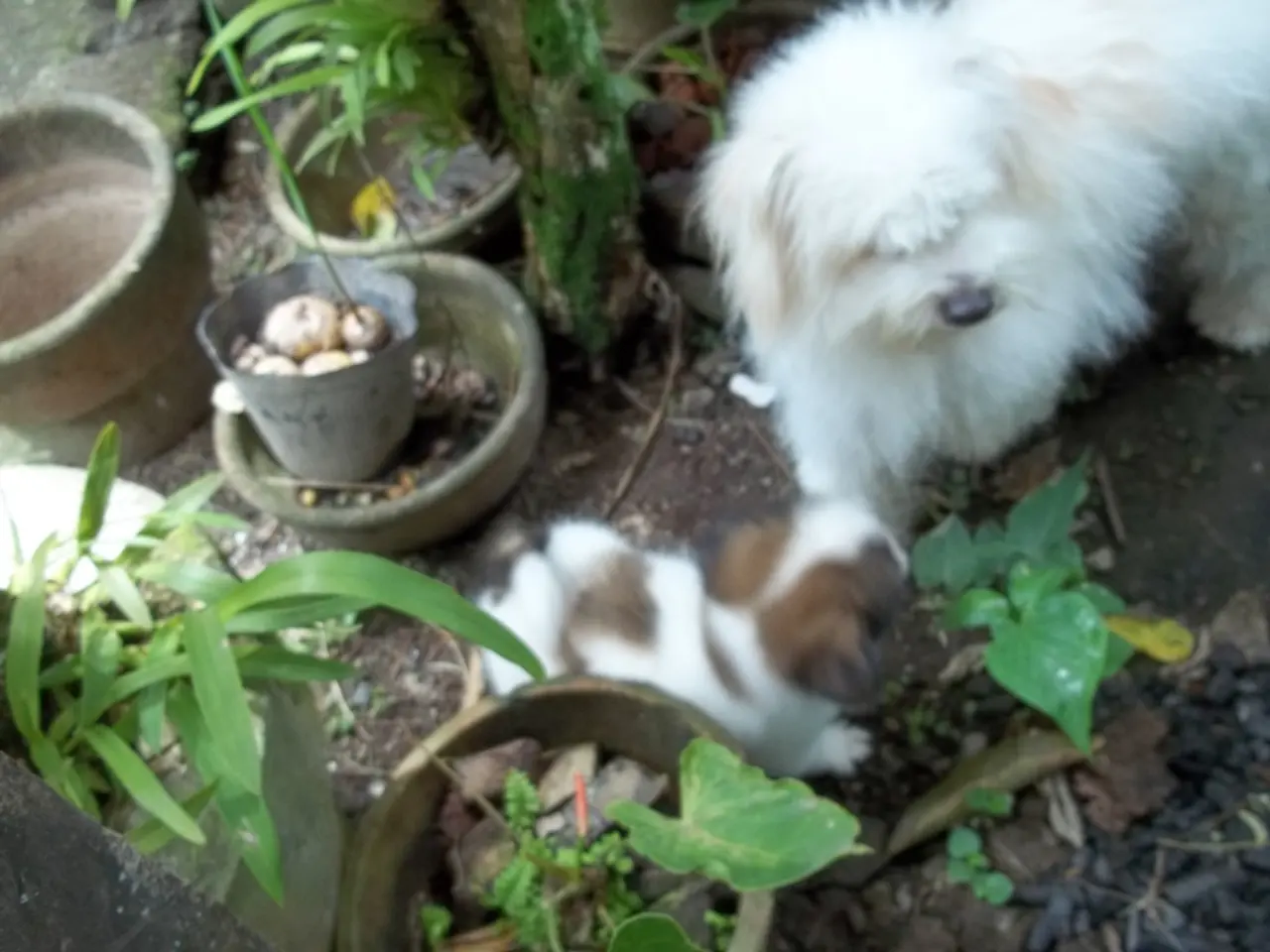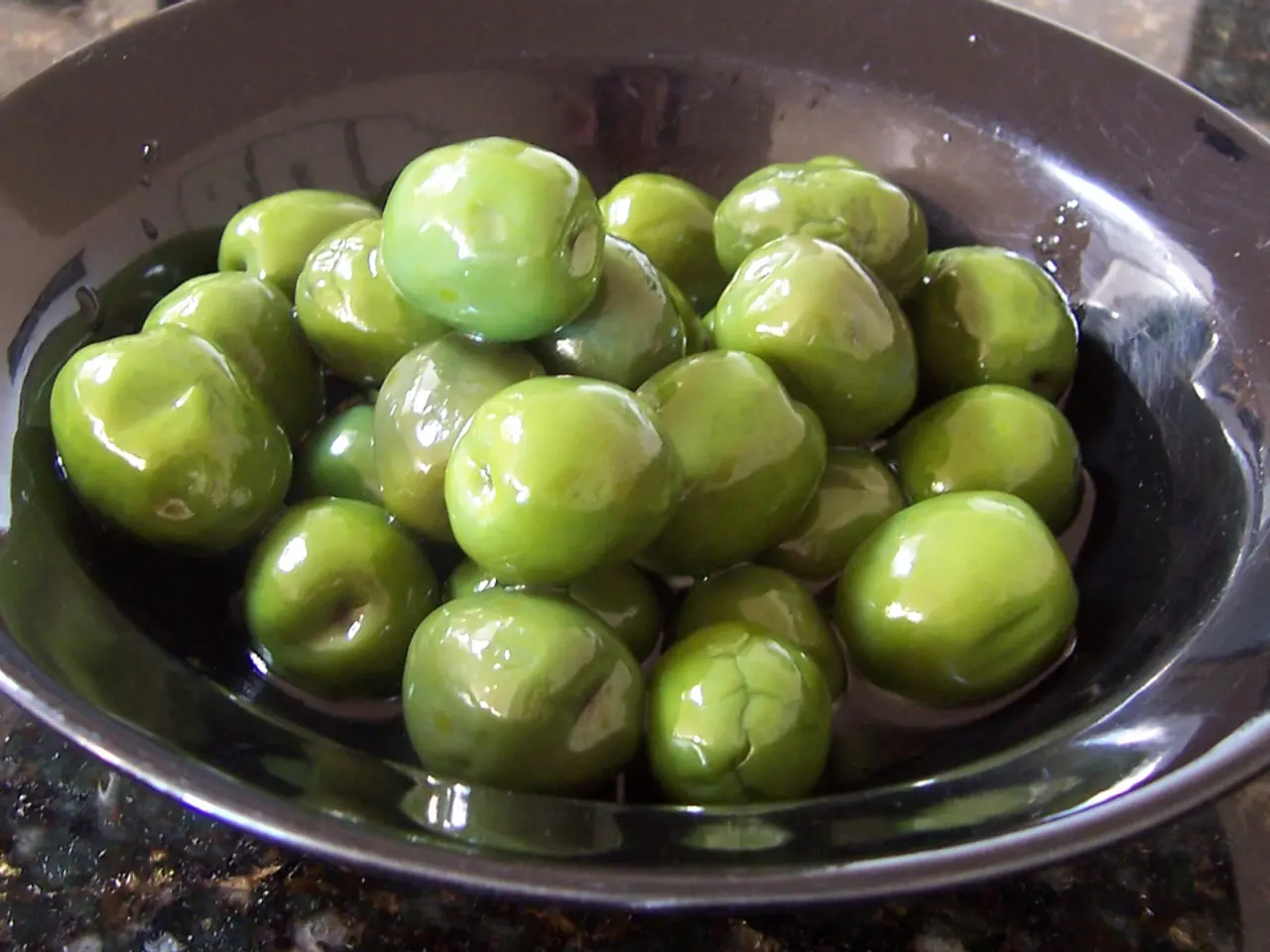Tending to Your Peace Lily (Spathiphyllum): A Comprehensive Guide
Caring for Your Peace Lily: A Guide to Nurturing Your Tropical Houseplant
The peace lily, known scientifically as Spathiphyllum wallisii, is a popular choice for those just starting out with houseplants. With its glossy green leaves and striking white flowers, this tropical plant is not only beautiful but also hardy and adaptable. Here's a guide to help you care for your peace lily and ensure it thrives in your home.
Light
Bright, indirect light is ideal for your peace lily. A south- or east-facing window with filtered sunlight is perfect. Avoid direct sunlight, as it can burn the leaves. The plant can tolerate low light, but it may grow leggy and bloom less.
Watering
Keep the soil consistently moist but not waterlogged. In the growing season, water about once a week. During winter, water less frequently, allowing the top inch of soil to dry out slightly before watering again. Overwatering can cause yellow leaves and root rot, so ensure your pot has drainage holes to prevent waterlogging.
Temperature
Peace lilies thrive in typical indoor conditions, generally between 65–80°F (18–27°C). Avoid cold drafts or sudden temperature changes for best health.
Humidity
High humidity is preferred. Peace lilies thrive in warm, humid environments and may benefit from additional humidity if indoor air is dry.
Soil
Use well-draining, chunky, moisture-retentive potting soil rich in organic matter, similar to a forest floor. Adding perlite, bark, or pumice can improve drainage and aeration. Avoid compact garden soil.
Fertilizer
Light feeding with a balanced, water-soluble fertilizer once a month during spring and summer supports growth and blooming. In lower light conditions, reduce feeding frequency. Skip fertilizing during winter dormancy.
Repotting
Repot every 1–2 years to refresh the soil and allow for growth. This helps maintain plant health and bloom cycles.
Special Considerations
Each flower spike of a peace lily is backed and hooded by a glowing white spathe. However, green flowers on the plant often indicate an excess of nitrogen, which could be caused by too much fertilizer or the wrong type of fertilizer.
It's important to note that peace lilies are toxic to dogs and cats, so keep them out of reach of pets.
In summary, place your peace lily in a bright spot with filtered light, water moderately to keep the soil moist but not soggy, maintain warmer indoor temperatures with good humidity, use well-draining organic-rich soil, and fertilize lightly during the active growing seasons for optimal health and flowering. Proper drainage is essential to prevent root problems.
Enjoy your beautiful peace lily, which is associated with lily-like significance, including peace, love, compassion, healing, and hope.
With the right environment, your peace lily can enhance both your home-and-garden ambiance and lifestyle, bringing beauty and soothing energy. Properly caring for it involves choosing the right soil, maintaining proper watering, providing suitable light conditions, and ensuring good drainage due to its moisture-retentive nature.




